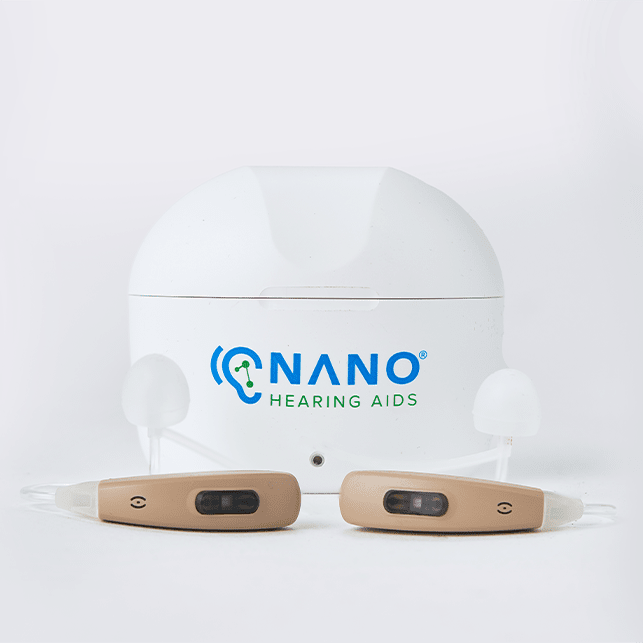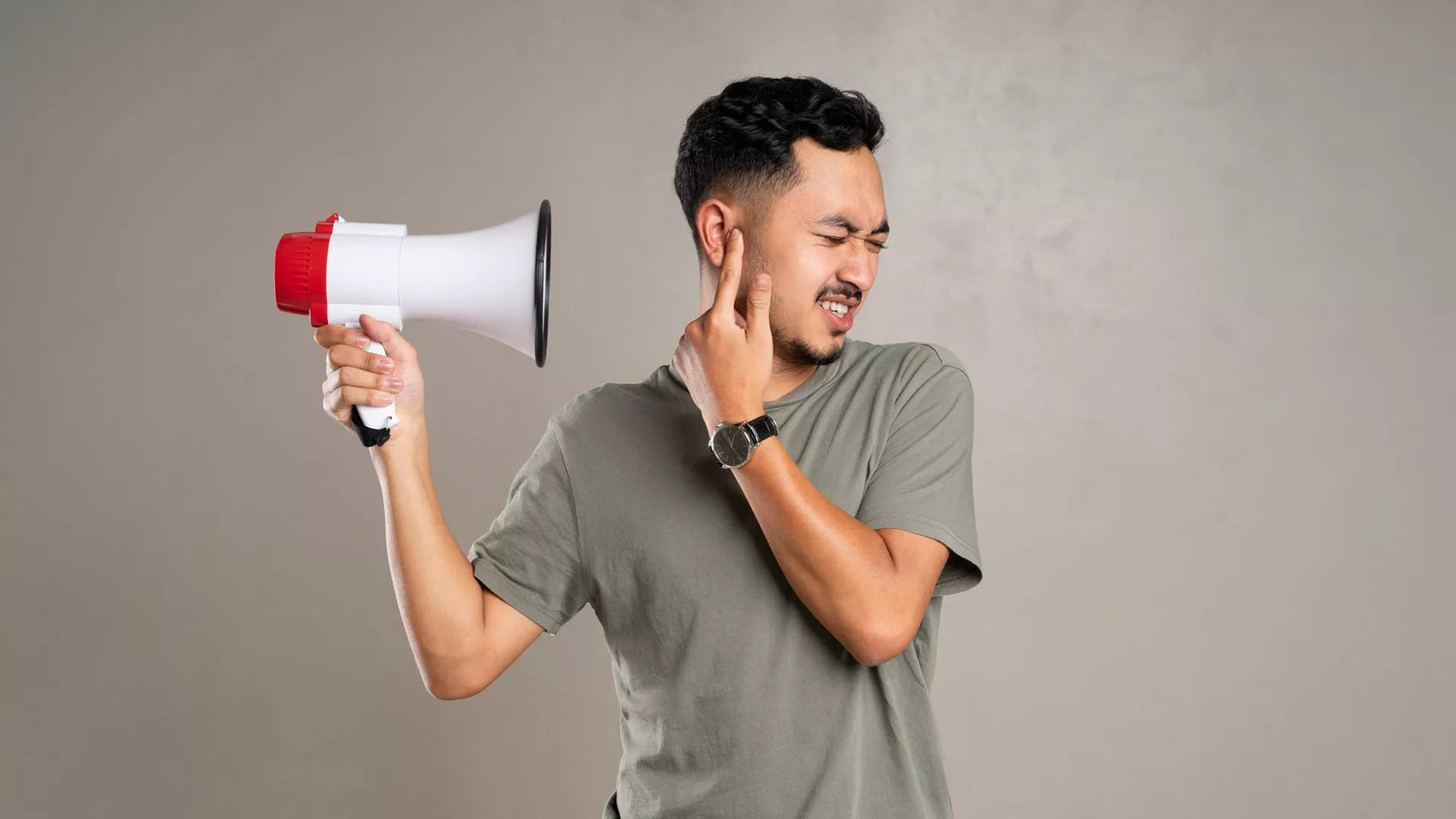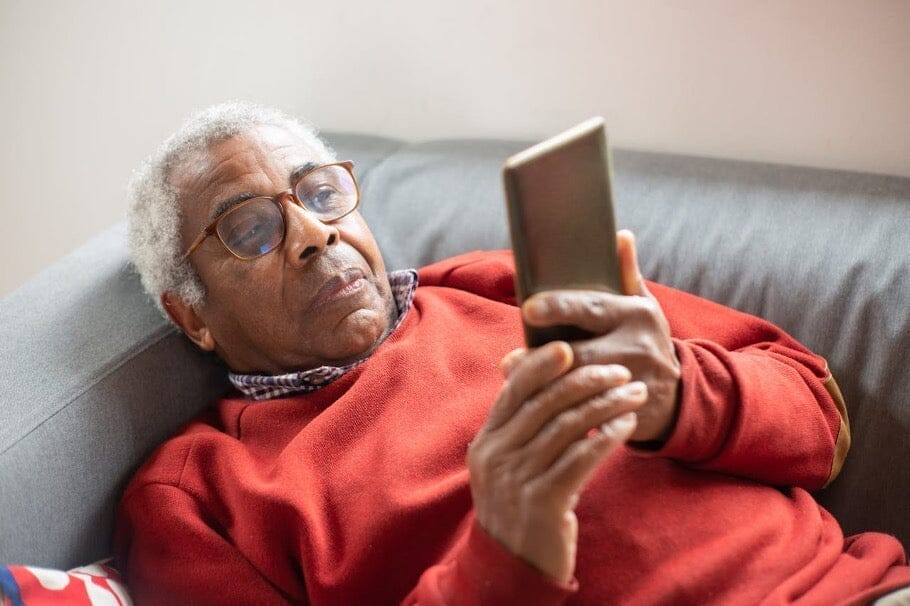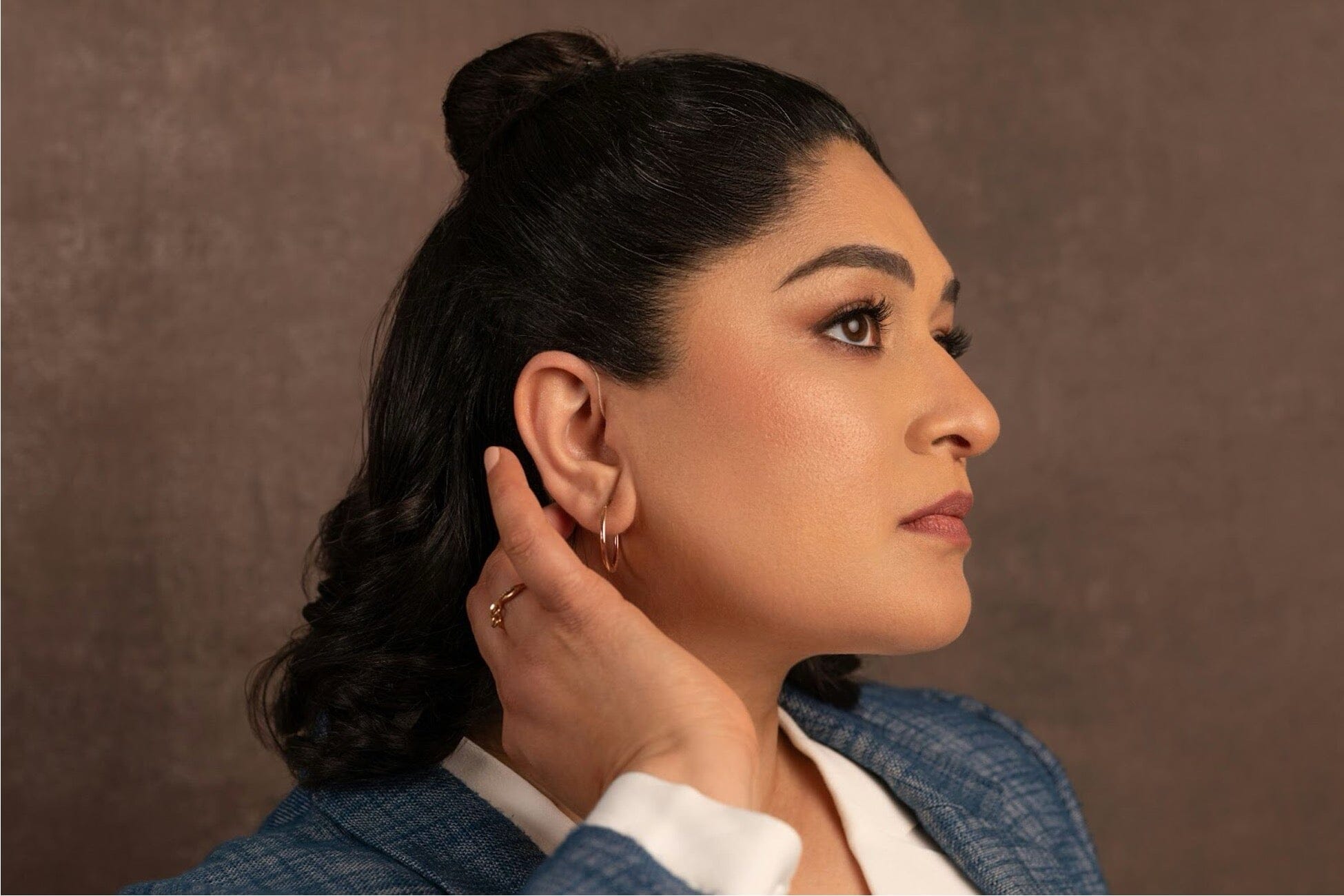Key Takeaways
- Noise-induced hearing loss can be immediate or gradual, and it can affect one or both ears.
- Exposure to noise levels above 85 decibels (dB) can lead to hearing damage.
- Common symptoms include muffled hearing, difficulty understanding speech, and tinnitus.
- Treatment options range from hearing aids to sound therapy, but hearing loss is often permanent.
What is Noise-Induced Hearing Loss?
Noise-induced hearing loss (NIHL) is a permanent hearing impairment resulting from prolonged exposure to high levels of noise, or a single noise blast event. For example, a single gunshot in close proximity without hearing protection can be enough to cause permanent damage. The severity of noise-induced hearing loss ranges from mild to profound, reflecting the degree of damage incurred.
Degree of noise-induced hearing loss:
- Mild noise-induced hearing loss: 26-40 dB loss - May miss a few words in a conversation, especially in noisy environments.
- Moderate noise-induced hearing loss: 41-55 dB loss - Group conversations become challenging, and listening to the TV at normal volumes is difficult.
- Severe noise-induced hearing loss: 56-70 dB loss and above - Conversations need to be at a higher volume, and safety signals or phone rings may be missed.
Nano Hearing Aids are FDA-registered, Class I devices. These OTC hearing aids are designed for individuals over 18 years of age with perceived mild to moderate hearing impairment. Nano won the Top ENT Solution Provider 2023, has 24/7 customer care, and has an affordable price compared to others.
Causes of Noise-Induced Hearing Loss
- Occupational Noise: Exposure to loud sounds from machinery, construction sites, and military activities.
- Recreational Noise: Encounters with high volume at concerts, sporting events, and through personal audio devices.
- Accidental Noise: Sudden, extremely loud noises such as explosions or gunfire leading to unexpected hearing damage.
In fact, it's not just about how loud the noise is, but also how long and how often you're exposed to it. Even everyday activities, like mowing the lawn or using power tools, can contribute to hearing loss over time. A single gunshot in close proximity without hearing protection can be enough to cause permanent damage. The image below show a noise induced hearing loss diagram.
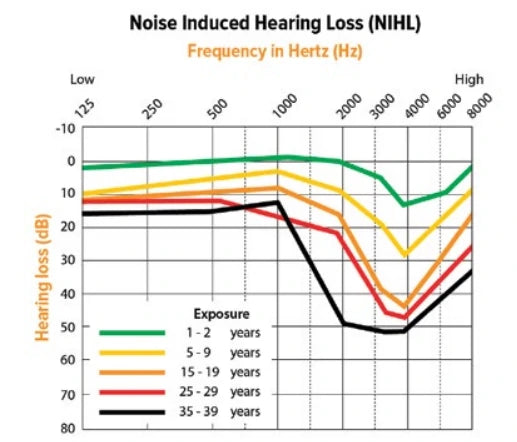
Symptoms of Noise-Induced Hearing Loss
- Speech Comprehension Issues: Challenges in understanding speech, particularly with background noise or during conversations in groups.
- Muffled Sounds Perception: Sensations of sounds being muffled or distant after exiting a noisy space.
- Tinnitus: Experiencing ringing, buzzing, or hissing sounds in the ears, particularly pronounced in quieter environments.
Diagnosing Noise-Induced Hearing Loss
Diagnosis starts with a thorough history and a physical examination. If you've been around loud noises and are experiencing symptoms, it's time to see a professional. They'll conduct a series of hearing tests, often starting with an audiogram, which is a detailed chart of how well you hear various pitches and volumes. This test is painless and can provide a lot of information about the specific nature and extent of your hearing loss.
Treatment Options for Noise-Induced Hearing Loss
Once noise-induced hearing loss is diagnosed, it's time to explore treatment options. Unfortunately, the damage to the inner ear's hair cells is irreversible, meaning there is no cure. However, there are ways to manage the condition and improve your quality of life. The right treatment for you depends on the severity of your hearing loss and your lifestyle needs.
Hearing Devices: From Traditional Aids to Advanced Technology
Hearing aids have come a long way, with options ranging from tiny, in-ear devices to those that sit behind the ear. Hearing aids not only amplify sounds but also use digital technology to enhance speech clarity, differentiate between noise types, and reduce background noise. They can also come with features like directional microphones and connectivity to smartphones or TVs.
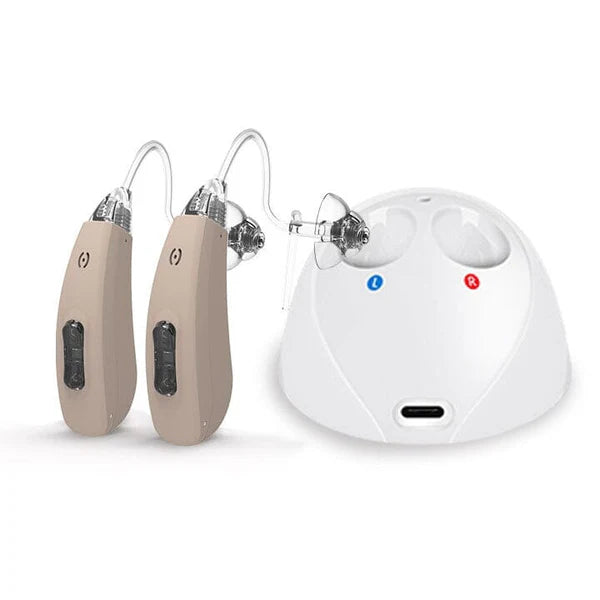
Sound Therapy and Management Techniques
Sound therapy uses external noise to alter the perception of tinnitus or to desensitize your hearing to certain frequencies. This can include white noise machines, specialized ear-level devices, or even certain types of music therapy.
Medical Interventions and Surgical Options
While there's no surgery to cure noise-induced hearing loss, procedures can help manage certain complications. For example, if you have a perforated eardrum along with NIHL, surgery might be an option to repair it. In some cases, cochlear implants may be recommended for severe hearing loss. These devices bypass the damaged hair cells and stimulate the auditory nerve directly. However, they are typically used only when hearing aids are not enough.
Most importantly, no matter which treatment path you take, ongoing support and adjustments are key. Your hearing can change over time, and so might your needs. Regular check-ups with your hearing specialist are essential.
Living with Noise-Induced Hearing Loss
Adjusting to life with hearing loss is about creating an environment that supports your hearing health. This could mean using assistive listening devices, like phone amplifiers, or alerting devices that use lights or vibrations. It also means learning to be upfront with friends and family about your hearing needs. Clear communication strategies, such as facing people when they speak and asking for repetition when necessary, can make a big difference.
People with noise induced hearing loss can still enjoy parties.

Besides that, staying connected with a community, whether it's a local support group or an online forum, can provide invaluable resources and emotional support.
Can Noise-Induced Hearing Loss be Prevented?
Preventing noise-induced hearing loss is far more effective than treating it. Here are some steps you can take:
- Noise Protection: Utilize earplugs or earmuffs in loud settings such as concerts or construction areas.
- Volume Control: Maintain a low volume on personal audio devices, adhering to the 60/60 rule (limiting volume to no more than 60% for no longer than 60 minutes).
- Ear Recovery Time: Allow your ears time to rest and recover after exposure to loud noises.
- Hazard Awareness: Recognize hazardous noise levels in your surroundings and minimize exposure whenever feasible.
- Regular Hearing Assessments: Schedule consistent hearing evaluations, particularly if you're employed in a noisy sector or have noticed signs of hearing loss.
NANO OTC Hearing Aids for Perceived Mild to Moderate Hearing Loss
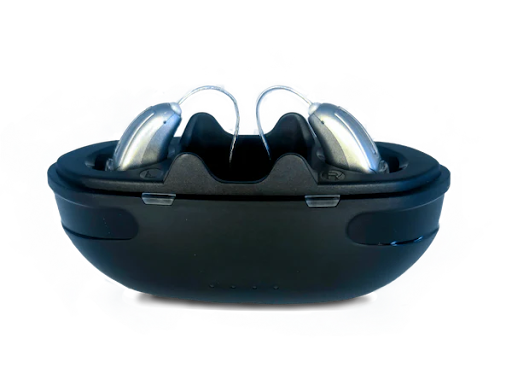
Over-the-counter (OTC) hearing aids, like those we offer at Nano, are an accessible treatment option for adults with perceived mild to moderate hearing loss. While they may not offer the same level of customization as prescription devices, they can be a good starting point for those noticing early signs of hearing difficulty. For example, our Audacity® RIC model, currently available at $697, has the following features:
- 3 listening programs
- Powerful Feedback Cancellation and Noise Management
- Directional microphone technology
- Phone calls and music streaming via Bluetooth
- App control
Call us at (888) 310-6266 to learn more about our product range and find out if our hearing aids are an option for you!
Frequently Asked Questions (FAQ)
Can Noise-Induced Hearing Loss Get Worse Over Time?
Yes, if you continue to expose your ears to loud noise without protection, the hearing loss can worsen.
How Can I Tell If Sounds Are at Dangerous Decibel Levels?
A general rule of thumb is that if you need to shout to be heard over a noise, it's loud enough to be damaging. There are also smartphone apps available that can measure the noise level in your environment.
Are There Specific Regulations for Noise Exposure at Work?
Yes, organizations like the Occupational Safety and Health Administration (OSHA) set legal limits on noise exposure in the workplace. These regulations are designed to protect workers from the long-term effects of noise.
How Effective Are Over-the-Counter (OTC) Hearing Aids?
OTC hearing aids can be effective for people with perceived mild to moderate hearing loss. However, it's important to have realistic expectations and understand that they may not be suitable for more severe cases.

